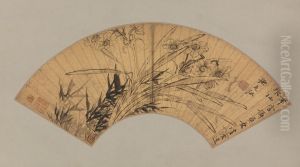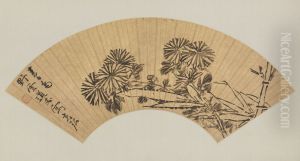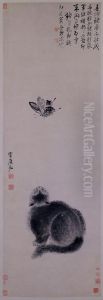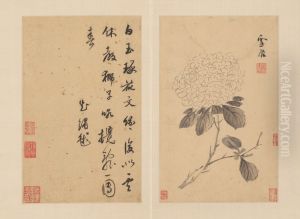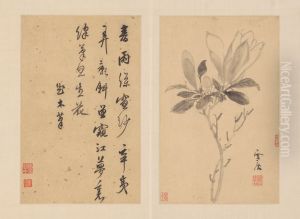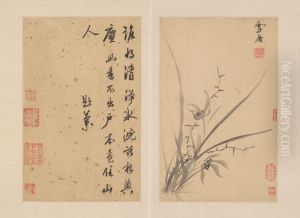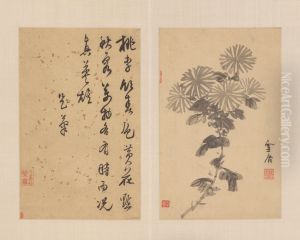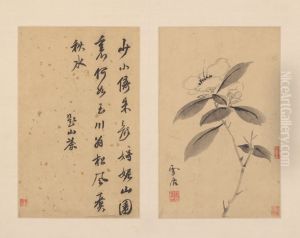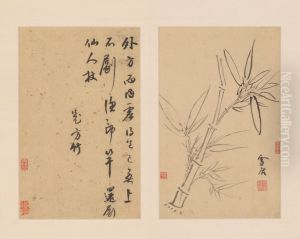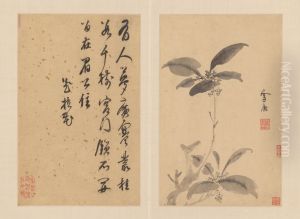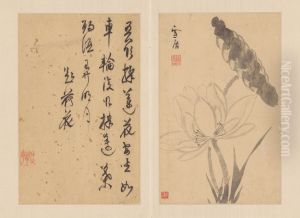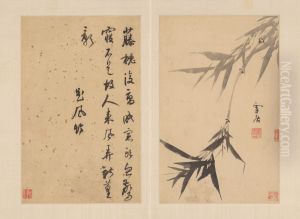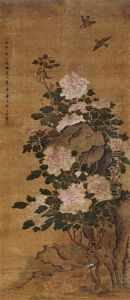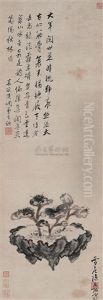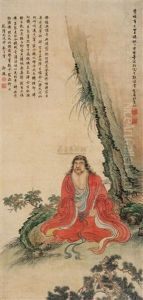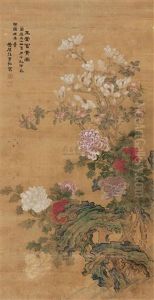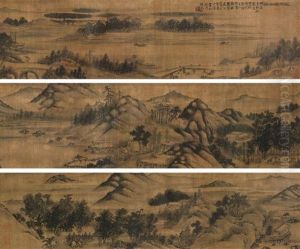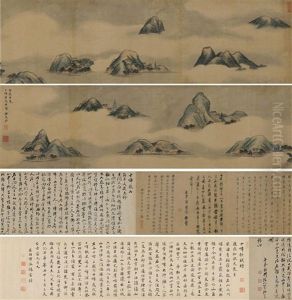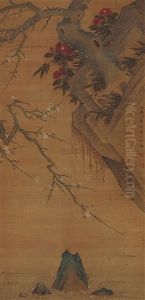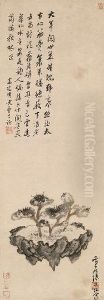Sun Kehong Paintings
Sun Kehong was a Chinese landscape painter, calligrapher, and poet during the Ming Dynasty. Born in Zhejiang province, Sun was known for his versatility in the arts and was considered a master of the literati style of painting, which emphasized personal expression and the integration of poetry, calligraphy, and painting into a single work of art. His style was deeply influenced by earlier masters such as Wang Meng, one of the Four Masters of the Yuan Dynasty, and he was part of a larger movement that sought to revive the scholarly and artistic ideals of the Song and Yuan periods.
Sun Kehong's paintings often featured landscapes that were rich in detail and imbued with a sense of tranquility and poetic moodiness. His work is characterized by loose brushwork, with an emphasis on the expressive potential of ink and an avoidance of elaborate coloration. The literati painters like Sun Kehong were less concerned with realistic representation than with personal expression and the conveyance of their inner emotions and intellect through art.
In addition to his paintings, Sun Kehong's calligraphy was held in high regard by his contemporaries. He was skilled in various script styles, including the regular script (kaishu) and the running script (xingshu). His poetry, which was often inscribed on his paintings, reflected his scholarly pursuits and his deep connection to the natural world.
Throughout his life, Sun Kehong remained committed to the literati ideals of personal cultivation and the pursuit of an artistic practice that was free from the commercial pressures of the time. His work was influential among later generations of literati painters, and he is remembered as a key figure in the history of Chinese art, contributing to the ongoing conversation about the role of the artist and the relationship between art and scholarly life.
